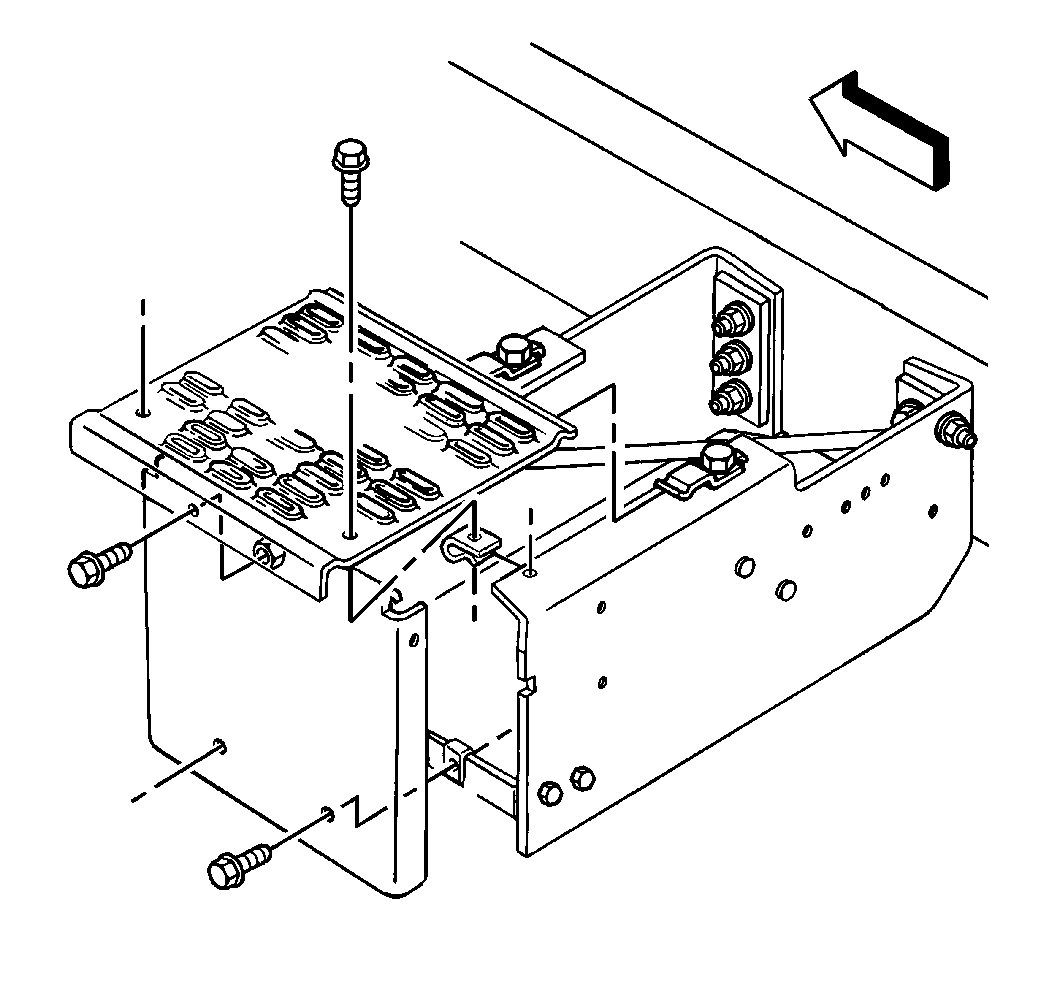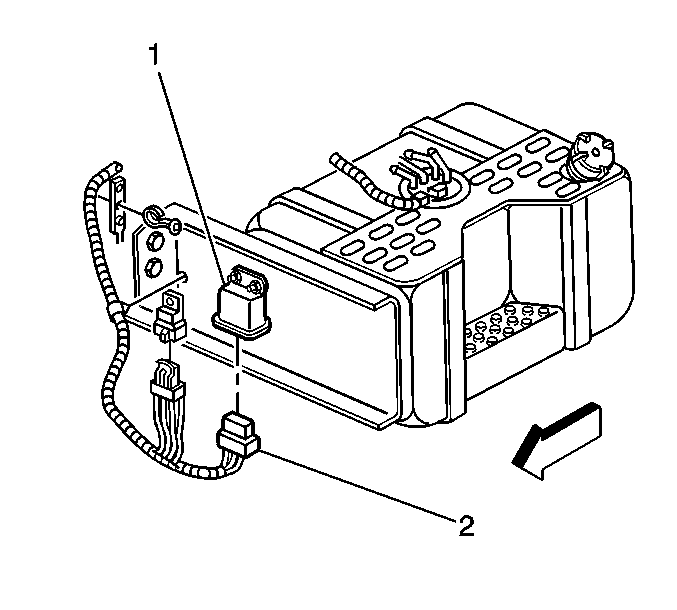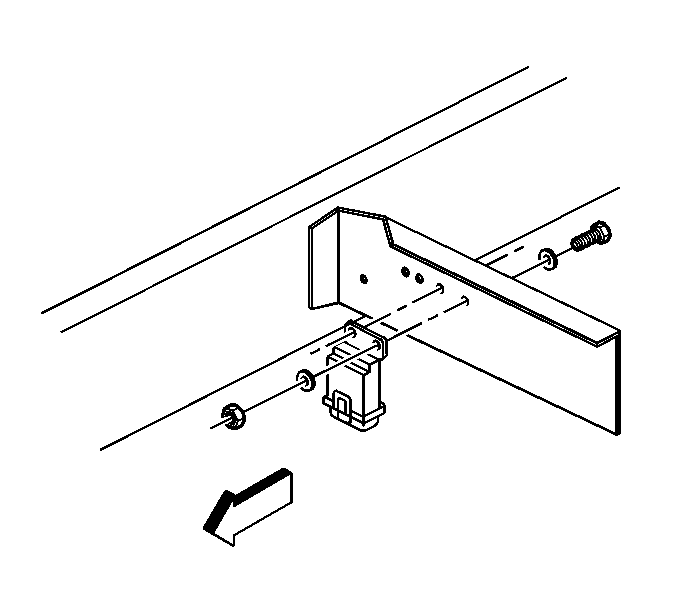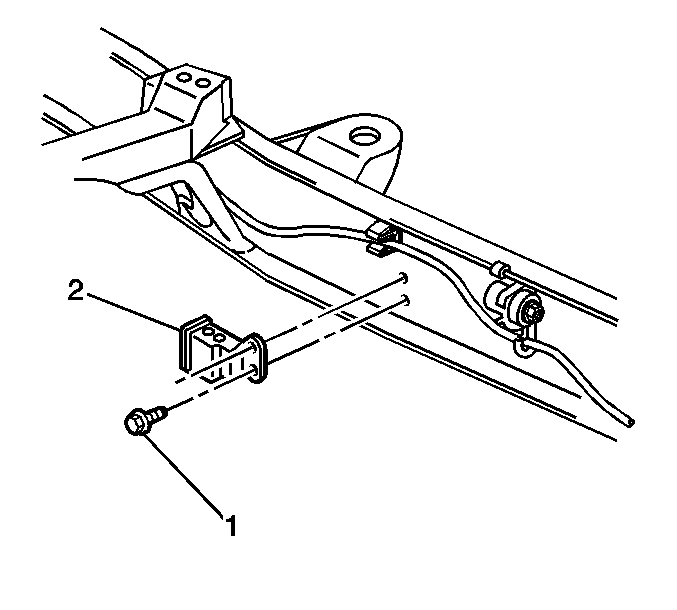Fuel Transfer Pump Inoperative (Replace Fuel Transfer Module)

| Subject: | Fuel Transfer Pump Inoperative (Replace Fuel Transfer Module) |
| Models: | 1990-2001 Chevrolet and GMC 6-7H C-Series Conventional Medium Duty Models |
| With Gas Engine (VINs E, D, B, M, P -- RPOs L18, LP4, L21, LRO, LSO) |
| 1997-2001 Chevrolet and GMC 6-7F T-Series Medium Duty Tilt Cab Models |
| With Isuzu Diesel Engine (VIN 3 -- RPO LG4) or Caterpillar® Diesel Engine (VIN C -- RPO LG5) |
| 1996-2001 Chevrolet and GMC C/K 3500 (1 Ton) Models |
| With Gas Engine (VINs G, J, R -- RPOs L18, L29, L31) or Diesel Engine (VIN F -- RPO L65) |
| and Dual Fuel Tanks |
This bulletin is being revised to update part usage for C/K 3500 Models in the Parts information. Please discard Corporate Bulletin Number 01-06-04-037A (Section 06 -- Engine/Propulsion System).
Condition
Some customers may comment on inoperative secondary fuel tank transfer pumps. In some instances, customers may experience multiple failures of the service replacement pumps.
Cause
This condition may be caused by the "Four Minute Final Pump Out" feature of the fuel level control module. This feature can command the transfer pump to on when there is no fuel in the secondary tank.
This command occurs with every ignition cycle for a period of four minutes. These transfer pumps can overheat and become inoperative when they are run dry.
Customers that never add fuel to the secondary tank can further compound this issue. In these cases, the secondary pump would become inoperative in a very short period of time.
Correction
Three new transfer pump modules have been released to correct this condition. The new module curtails the "Four Minute Final Pump Out" feature. When the sender in the secondary tank drops to a resistance reading of 2 ohms, the pump-out feature is disabled. At resistance readings greater than 2 ohms, the pump-out feature will continue to function. However, under this condition there should be enough fuel in the tank to prevent pump failure. Replace the fuel transfer module using the procedures and part numbers listed below.
C-Series Conventional Cab
- Remove the component box lid.
- Disconnect the fuel transfer module electrical connector (2).
- Remove the fuel transfer module mounting nuts and the washers.
- Remove the fuel transfer module.
- Install the fuel transfer module, the washers, and the nuts.
- Connect the fuel transfer module electrical connector.
- Install the component box lid.



Tighten
Tighten the bolts to 30 N·m (22 lb ft).
T-Series Tilt Cab
- Disconnect the fuel transfer module electrical connector.
- Remove the fuel transfer module mounting bolts.
- Remove the fuel transfer module (1).
- Install the fuel transfer module and the bolts.
- Connect the fuel transfer module electrical connector.

CK 3500
- Disconnect the fuel transfer module electrical connector.
- Remove the fuel transfer module mounting bolts (1).
- Remove the fuel transfer module (2).
- Install the fuel transfer module and the bolts.
- Connect the fuel transfer module electrical connector.

Parts Information
P/N | Description | Usage |
|---|---|---|
15061009 | Module, Fuel Transfer | C6-7 Conventional Models with Gas Engine |
F6-7 Tilt Cab Models with Diesel Engine | ||
15061010 | Module, Fuel Transfer | 1998-2001 C/K 3500 with Gas Engine |
15061011 | Module, Fuel Transfer | 1996-1997 C/K 3500 with Gas Engine 1996-2001 C/K 3500 with Diesel Engine |
Parts are currently available from GMSPO.
Warranty Information
For vehicles repaired under warranty, use:
Labor Operation | Description | Labor Time |
|---|---|---|
L0764 (C-Series) | Module, Fuel Sender and Balance Pump Control - Replace | 0.3 hr* |
L0764 (T-Series) | Module, Fuel Sender and Balance Pump Control - Replace | 0.2 hr* |
L0764 (CK 3500) | Module, Fuel Sender and Balance Pump Control - Replace | 0.2 hr* |
*This time is updated from the current Labor Time Guide. The next update of the Labor Time Guide will contain this change. | ||
